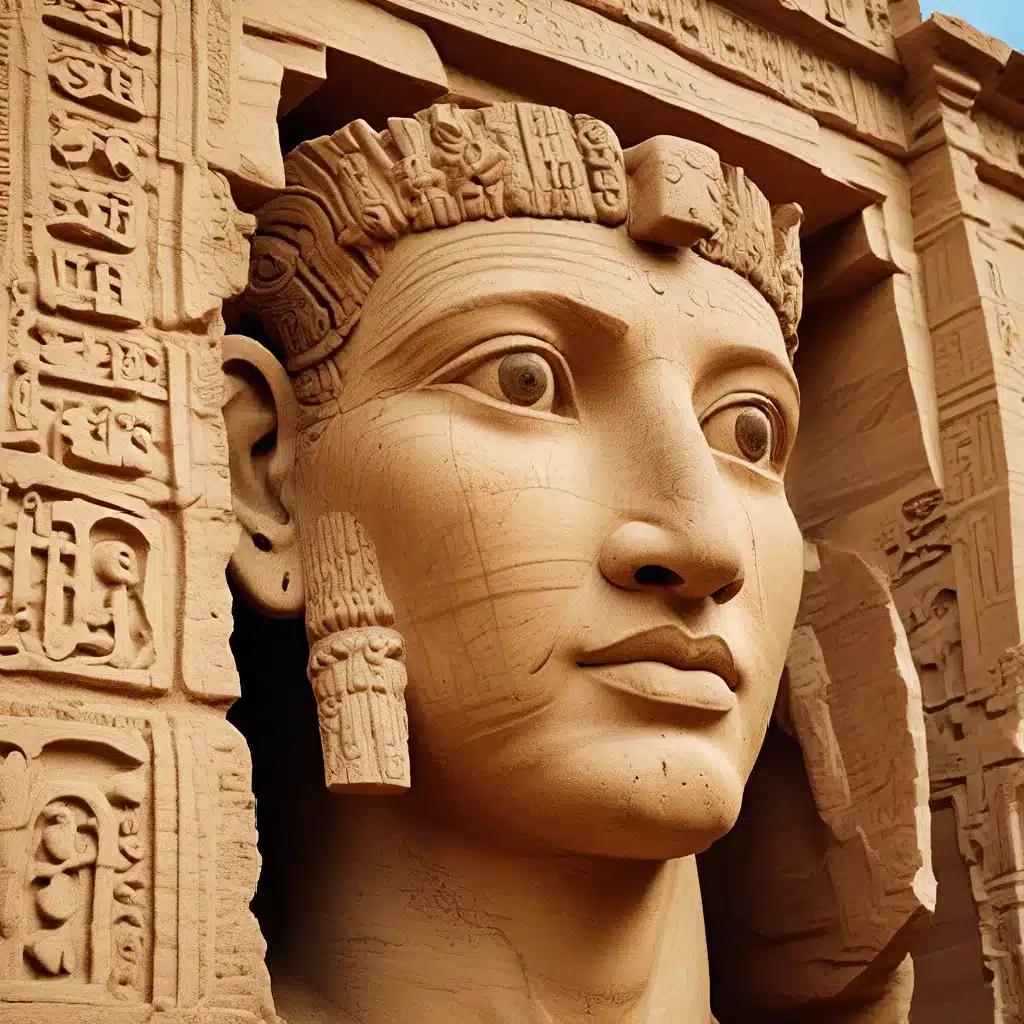
The annals of human history are replete with the awe-inspiring narratives of ancient civilizations that have left an indelible mark on the world. From the grandeur of the Lakhmid Kingdom in the Middle East to the captivating discoveries at the ancient site of Ur in Mesopotamia, these lost empires have long captured the imagination of scholars, archaeologists, and history enthusiasts alike.
The Lakhmid Kingdom: A Realm of Warriors and Poets
Nestled in the cradle of civilization, the Lakhmid Kingdom rose to prominence in the 3rd century AD, casting a long shadow over the sands of time. Ruled by the Nasrids, this Arab dynasty established its capital at Al-Hirah, a bustling hub of culture, politics, and commerce.
The Lakhmids were more than just fierce warriors; they were also patrons of the arts, fostering a golden age of Arab poetry and literature. Poets like Imru al-Qais left an indelible mark on the cultural landscape, weaving tales of love, loss, and the brutal beauty of the desert. The court of Al-Hirah became a magnet for scholars and artists, drawing the finest minds of the age.
However, the Lakhmids’ legacy was not without its complexities. They were vassals to the Persian Sassanid Empire, a relationship that granted them autonomy and influence but also tied them to the fortunes of their overlords. Through shrewd alliances and military might, the Lakhmid rulers carved out a legacy that was written in blood and sand.
Ur: Uncovering the Secrets of Mesopotamian Civilization
Across the sands of time, the ancient site of Ur in southern Iraq has captivated the imaginations of archaeologists and historians alike. In 1922, the Penn Museum and the British Museum embarked on a joint expedition to this remarkable location, led by the renowned British archaeologist Sir Leonard Woolley.
The expedition’s discoveries were nothing short of astonishing. Woolley and his team uncovered a 4,500-year-old royal cemetery with more than 2,000 burials, offering a remarkable glimpse into the height of Mesopotamian civilization. The centerpiece of this remarkable find was the collection of famous ancient artifacts, including the Ram-Caught-in-the-Thicket, the Great Lyre with a gold and lapis lazuli bull’s head, Queen Puabi’s jewelry, and a gold ostrich egg.
The excavations at Ur not only revealed the grandeur and opulence of this ancient civilization but also sparked a renewed interest in the study of Mesopotamian history. The expedition’s findings were so remarkable that they even made international headlines, drawing the attention of notable figures like T.E. Lawrence and Agatha Christie.
Rediscovering the Wonders of the Ancient World
The rediscovery of ancient civilizations like the Lakhmid Kingdom and the excavations at Ur has sparked a renewed fascination with the past. These archaeological marvels have not only illuminated our understanding of the cultural, political, and social dynamics of bygone eras but have also challenged our preconceived notions about the development of human societies.
The ongoing study of these ancient sites and the meticulous conservation of the artifacts discovered have yielded new insights and groundbreaking theories. Scholars are now able to reconstruct intricate trade networks, decipher the intricate symbolism of ancient art, and uncover the daily lives of the people who once inhabited these remarkable places.
As we continue to delve deeper into the mysteries of the past, the Lost Kingdoms blog serves as a beacon for those captivated by the enduring allure of ancient civilizations. Through rigorous research, insightful analysis, and captivating storytelling, we aim to breathe life into the forgotten empires that have shaped the course of human history.
Preserving the Cultural Heritage of Iraq
In the wake of these remarkable discoveries, the preservation of Iraq’s cultural heritage has become a pressing concern. The country’s rich archaeological legacy has faced numerous challenges, including political instability, armed conflict, and looting.
The Ur excavation and the Lakhmid Kingdom are just two examples of the invaluable treasures that have been unearthed in Iraq. Iraqs Ancient Past: Rediscovering Urs Royal Cemetery, a long-term exhibition at the Penn Museum, highlights the ongoing efforts to conserve and study these priceless artifacts, while also exploring the challenges of preserving Iraq’s cultural heritage.
As the world continues to grapple with the threats to these ancient sites, it is crucial that we harness the power of scholarship, international cooperation, and public awareness to safeguard the legacy of these lost civilizations. Only through a concerted effort can we ensure that the glory of the past is not lost to the ravages of time.


